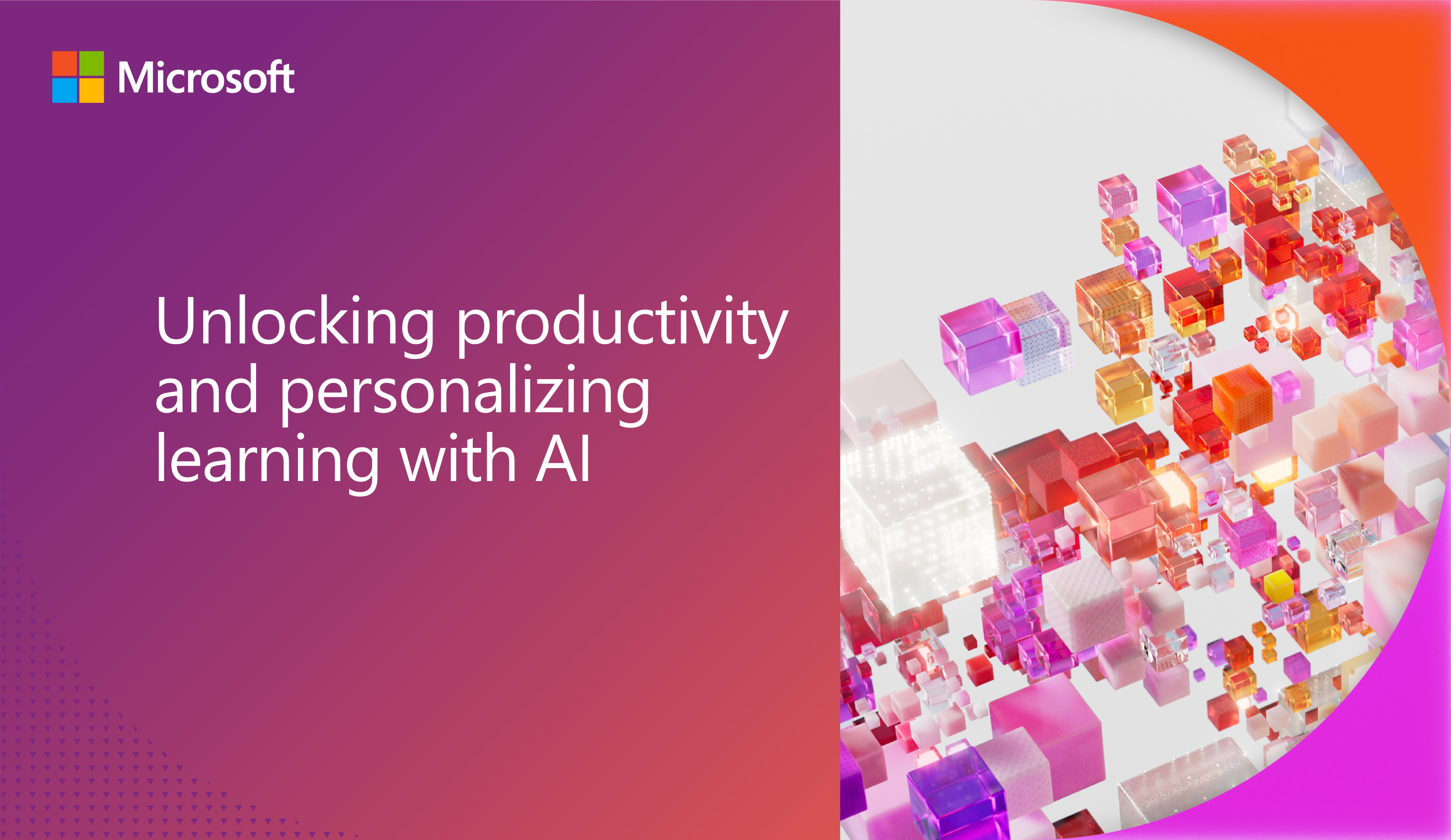Since the return to in-person learning, educators have been working to evaluate students’ knowledge levels compared to pre-pandemic benchmarks, along with how to help students catch up, keep up, and get ahead. To support these efforts, Microsoft Education has commissioned a series of “Accelerate Learning Kits” to introduce teachers to free and easy-to-use tools and features that can help every learner achieve more.
Each kit includes a paper, an infographic, and a topic abstract focusing on how teachers and students can use specific education products and features, in various scenarios, to ensure every learner can fully participate in learning now and develop skills needed for the future.
In this, the first of five posts highlighting the individual kits, we’ll take a look at “Accelerate Learning with Workplace Math Skills” to see how Math Assistant in OneNote for Education provides multiple accessible methods for students to write, solve, and practice equations.
A recent report1 that focused on the impact of the pandemic on literacy and math skills in students from kindergarten through eighth grade showed that while literacy skills were “modestly” impacted, math skills were “substantially” impacted. Results for schools in low socio-economic status areas showed larger skills gaps, exacerbating historical racial and economic inequities.
Equity is top of mind for educators, and it’s clear that focusing on math skills is key to not only addressing inequities in the education system, but in the areas of employment and lifetime earning power as well. Math skills are incredibly important for employment in STEM, and these careers make up 23 percent of the current U.S. workforce and offer a higher median salary than other vocations. The number of STEM jobs is also growing annually.2 So, closing the gap for students in traditionally disadvantaged groups can have positive effects well beyond academic performance, including increased diversity in STEM companies and prospects of higher earnings over the course of students’ lifetimes.
“Our economy depends on math and science literacy. This is not only a concern for those with careers in those topics but also for the public at large." — Julia Phillips, National Science Board.
Learning gaps can be narrowed using tools that empower students to learn in more personalized and self-directed ways. For example, Math Assistant in OneNote for Education provides multiple input options (digitally inked or typed); the ability to have equations read aloud in multiple languages; step-by-step process explanations; and student-created practice quizzes. All of these features are free and built in to OneNote, which means no additional downloads. To support learners who may move between internet connected and unconnected locations, key features work online and offline.
The way Math Assistant works is that with just a few clicks, students can write or type an equation, get detailed help showing the correct process to solve it, and generate similar questions to practice the concepts.
One of the most challenging aspects of math for many students is understanding the steps to go from equation to solution. “Show Steps” in Math assistant breaks down each part of the process, with text explanations that show each operation in detail. Additionally, students can use the built-in Immersive Reader to hear the equation and solution steps read aloud.



This is much like how Reading Coach in Microsoft Teams provides students with the ability to build skills on their own, with self-directed, non-stigmatizing practice and exercises in a safe and secure environment.
We know that potential is equally distributed, but opportunity is not. So, tools like Math Assistant can make a difference in the effort to close the opportunity gap and accelerate learning for all. When all students have the ability to practice with support, self-assess their skills, and review their actions to improve, they feel more confident in their abilities and in more control of their learning.
Get the full “Accelerate Learning with Workplace Math Skills” paper, view the Abstract and Infographic, and look for the next post in the “Accelerate Learning Kits” series, coming soon!
1 EdSurge




